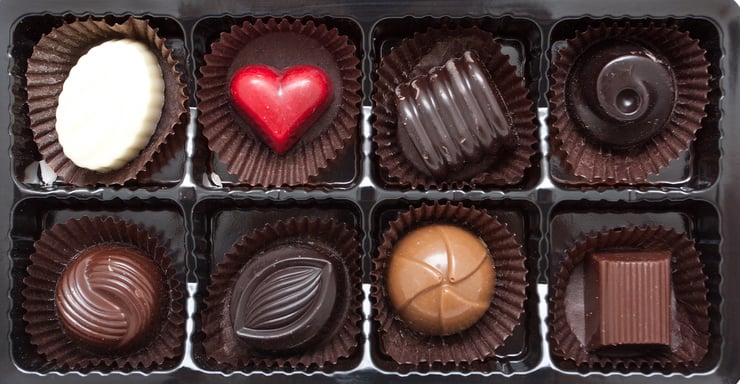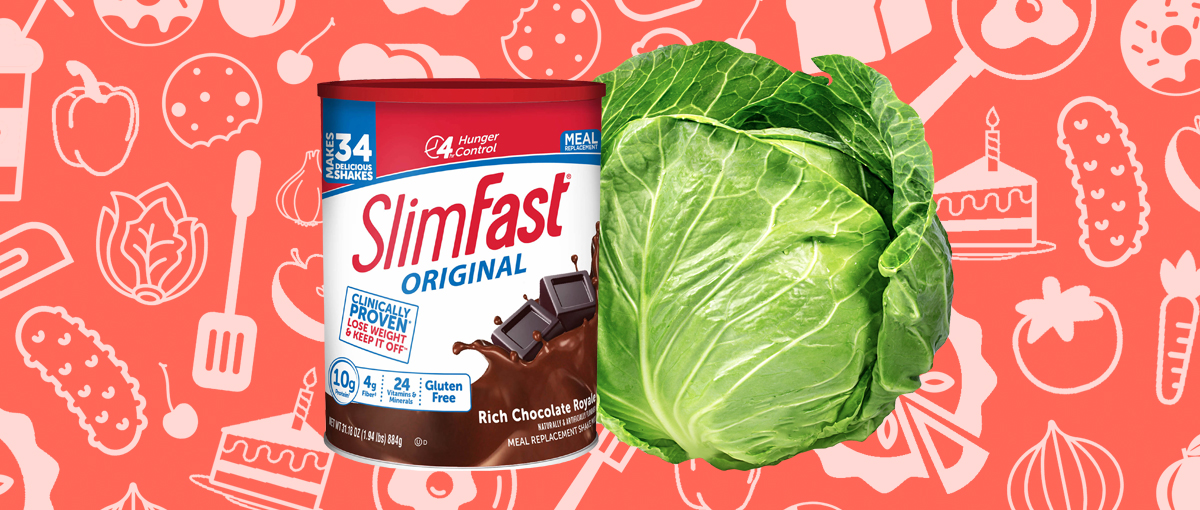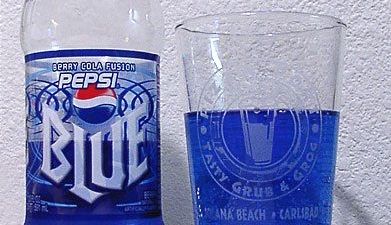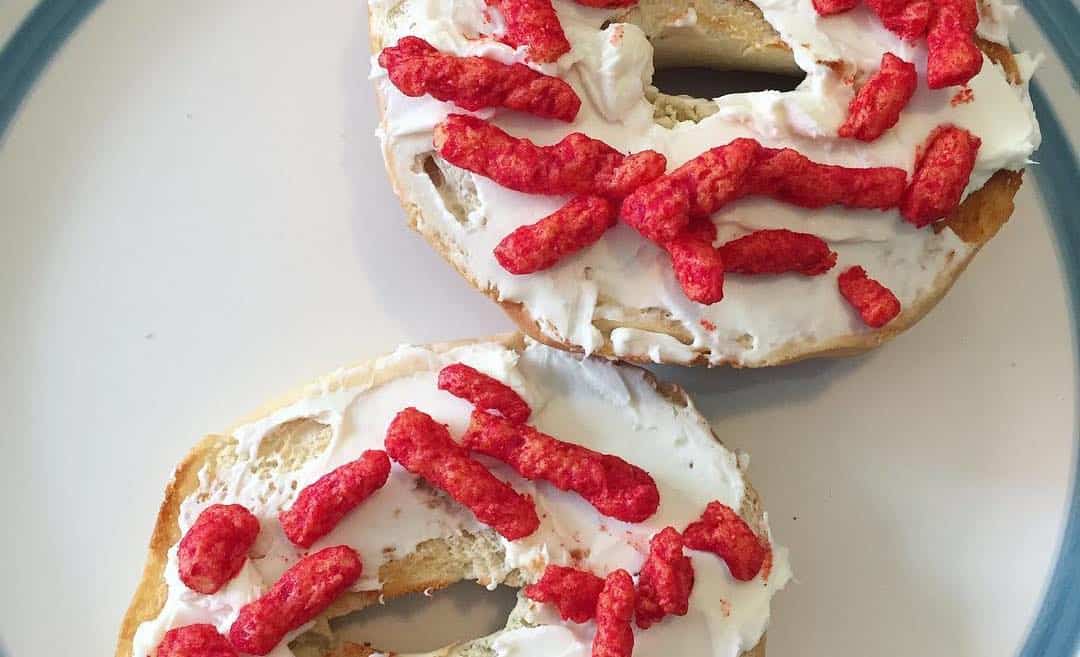We all know that February 14th is a day to celebrate love — romantic love, platonic love, and self-love. We also know it’s a day to eat plenty of delicious chocolates and other sumptuous snacks. But where do these origins come from, and at what point did chocolate enter the picture?
Let’s discuss the very weird — and surprisingly bloody — roots of Valentine’s Day chocolate.
The roots of Valentine’s Day (or Saint Valentine’s Day, aka The Feast of Saint Valentine) are found in ancient Rome, so get ready for a history lesson. Though the specifics can’t be perfectly pinpointed, what we do know is that Emperor Claudius II — yes, we’re going way, way back — had two men executed (both of whom were named Valentine, or Valentinus) on February 14th, during different years, in the 3rd century.
These two men (there may have actually been three) were martyred, which is why some call it “Saint Valentine’s Day.” So, why the focus on love? And when do we get to the part about chocolate? Good question — and we’re getting there!
It was said that Saint Valentine was actually punished for performing weddings for soldiers who were not allowed to marry — among other deeds. There’s also some speculation — although not proven — that Lupercalia, an ancient Roman protection and fertility rite observed from February 13th to 15th, had some connection to Valentine’s Day. Later, in 496 A.D., Pope Gelasius made February 14th a day to honor Saint Valentine.
In the 14th century, the somewhat complicated and unclear connection between Saint Valentine and romantic love became ever more potent. Chaucer wrote of Saint Valentine in his 1380 work, The Parlement of Foules, or The Parliament of Fowls (Birds). Yes, we’re talking 900 years after Saint Valentine was executed. And nearly 700 years ago. Ah, how history has influenced capitalism!
Chaucer’s work caused an explosion of goodies, like cards (ahem, Valentine’s Day cards), sweets, and romantic symbols — like the dove or the heart.
Fast forward to the 1800s, when brothers Richard and George Cadbury began selling heart-shaped chocolates (in elaborate packaging) in association with Valentine’s Day. According to Carol Off’s book, Bitter Chocolate: Anatomy of an Industry, “It was the firm’s marketing genius that first made chocolate a part of Valentine’s Day in Great Britain and a symbol of romantic love.”
In fact, the packaging was so darn pretty that the Cadburys suggested everyone keep the box after all the chocolates were gone (which we think is a brilliant way to give everyone permission to go ahead and just overindulge in the treats). Some people saved locks of hair or love letters within — adding to the oh-so-romantic notions of chocolate.
This actually made a lot of sense at the time. The Victorians made a big kerfuffle over “courtly love,” and so they would splurge on cards and gifts, and yep, chocolate for their lovers-to-be.
On top of everything, chocolate has long been seen as an aphrodisiac (a sexy snack) since the Aztecs were around. The stuff also contains tryptophan, which can help boost sexual arousal. Win-win!
We don’t need any extra reason to eat chocolate, though. We do it for love! Come February, we’ll indulge in it in our very own modern way.
Happy Chocolate — err, we mean — Valentine’s Day!








